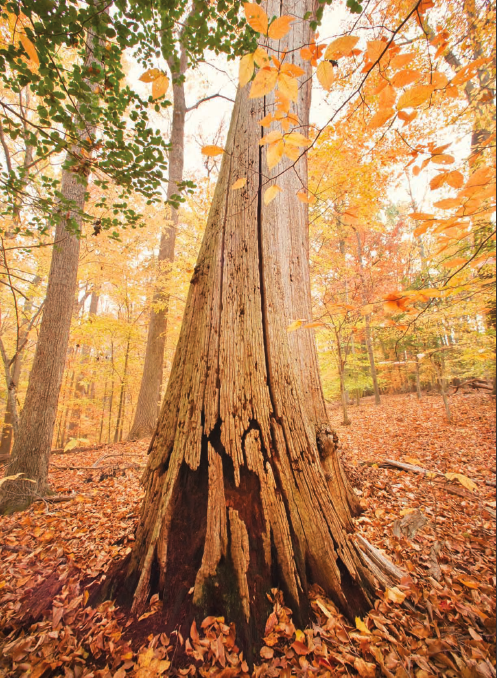I once interviewed a vegan-turned-meateater from San Diego. She and her boyfriend taught themselves how to hunt and over time came to know hunters for the first time in their lives. The former vegan was surprised and gratified by the amount of knowledge hunters she met had for wildlife biology and habitat, including nuanced knowledge about what each game species ate, their migration patterns, bedding tendencies and the natural strengths and weaknesses of each animal, like a wild turkey's keen sight or a deer's incredible sense of smell.
What she had hoped would be true was true: hunting was about way more than the kill shot. It's mostly about living and how each animal does its living. And eating is living. When it comes to deer and eating then you can narrow it down a bit tighter. And for deer hunters, that should lead you to the chestnut: a deer superfood.
Related: When to Plant Chestnut Trees for Food Plots
Here are some quick facts about this mast-producing American icon.
1) The Nutritional Value of a Chestnut
Chestnuts are nutritionally superior to acorns, containing:
- Approximately 40 percent carbohydrates compared to 10 percent for white oak acorns;
- 10 percent protein compared to only 4 percent for white oak acorns;
- 2 percent fat, compared to 10 percent in acorns.
2) The American Chestnut Tree is a Fast-Growing Tree
Chestnut trees grow faster and produce fruit at a much younger age, two to five years compared to as much as 20 years for some white oaks.
Related: Acorns: Why Do Deer Love These Nuts?
3) The Chestnut Tree Doesn’t Take a Year Off
Chestnut trees lack the cyclical nature of oaks and beech, bearing healthy mast crops annually. Another nice thing: they flower later in spring, thus avoiding late frosts that occasionally cause widespread acorn failures.
4) American Chestnut Trees Once Dominated the U.S. Landscape
More than a century ago, nearly 4 billion American chestnut trees were growing in the eastern U.S. They were among the largest, tallest and fastest-growing trees. The wood was rot-resistant, straight-grained and suitable for furniture, fencing and building.
5) Blight is Enemy No. 1
The American chestnut tree survived all adversaries for 40 million years, then disappeared within 40 years thanks to a blight fungus. The chestnut blight has been called the greatest ecological disaster to strike the world’s forests in all of history.
6) American Chestnut’s Comeback Season
Researchers have developed a blight-resistant hybrid of the chestnut tree dubbed the “Restoration” chestnut, according to AmericanForests.org:
"Breeders feel they have a tree with enough of the Chinese chestnut’s natural blight resistance to have a shot at surviving; but also a tree that is virtually indistinguishable in form, growth rate and wood quality from a pure American chestnut."
Approximately 15⁄16ths American and 1⁄16th Chinese, "It’s probably not the best tree we can achieve, but it’s good enough to start planting," says Kim Steiner, director of Penn State University’s arboretum, and a science advisor to the Chestnut Foundation.
You can read more about the blight-resistant trees and other efforts that’s making this the American Chestnut’s comeback season.
Featured photo: Timothy Van Vliet (Wikipedia)







